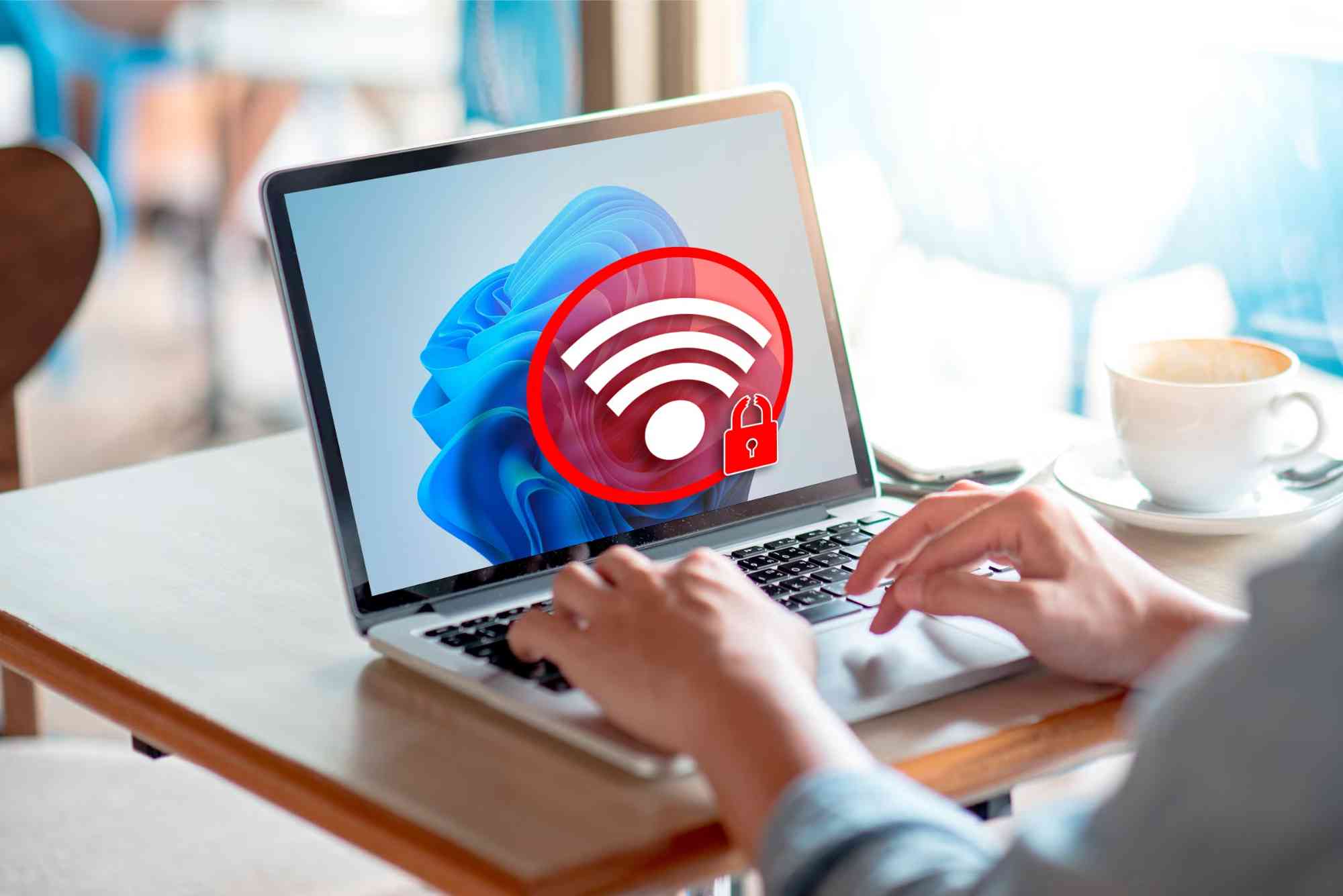How to Fix Wi-Fi No Internet After Windows Update
Experiencing Wi-Fi issues right after a Windows update can be incredibly frustrating. You turn on your computer, it connects to Wi-Fi, yet there’s no internet access. This problem is more common than you might think and often results from changes that updates make to network drivers or settings. If you’re searching for how to fix Wi-Fi no internet after Windows update, this comprehensive guide will walk you through all the effective solutions that actually work.
Understanding the Problem
After a Windows update, your system may automatically modify network configurations or install incompatible drivers. These updates can interfere with how your computer communicates with your router or modem. As a result, you may see the dreaded “Connected, no Internet” message even though everything else in your network seems fine.
The good news is that the issue is usually software-related, not a hardware failure. By adjusting a few settings and reinstalling certain components, you can easily restore your internet connection.
Check Your Basic Network Setup
Before diving into advanced fixes, start with the basics. Sometimes the problem isn’t the update itself but temporary network interference or a simple misconfiguration.
Restart Your Computer and Router
A quick restart can often solve connection issues. Turn off your router and modem, wait for 30 seconds, and turn them back on. Then restart your computer and try connecting again. This helps refresh the network’s IP settings and clears temporary conflicts.
Confirm Other Devices Have Internet Access
If your phone or tablet connects fine, the issue lies with your Windows device. If no device can access the internet, the problem may be with your router or Internet Service Provider (ISP). You can contact your ISP or visit Dhanote Internet Services for reliable connectivity solutions.
Disable and Re-enable Your Network Adapter
Windows updates sometimes disable the wireless adapter temporarily. Re-enabling it can fix the issue.
-
Right-click on the Start menu and select “Device Manager.”
-
Expand “Network adapters.”
-
Right-click on your Wi-Fi adapter and select “Disable device.”
-
Wait for a few seconds, then right-click again and select “Enable device.”
This simple reset can restore proper driver communication between your system and the router.
Reset the TCP/IP Stack and DNS Cache
If your IP configuration gets corrupted after an update, your PC might connect to Wi-Fi but fail to access the internet. You can reset the TCP/IP stack and DNS cache using Command Prompt.
-
Type “cmd” in the Windows search bar.
-
Right-click on Command Prompt and choose “Run as administrator.”
-
Enter the following commands one by one:
-
netsh winsock reset -
netsh int ip reset -
ipconfig /release -
ipconfig /renew -
ipconfig /flushdns
-
Restart your computer afterward. This sequence clears out old network settings and forces Windows to rebuild them fresh.
Update or Roll Back Your Network Driver
Sometimes, Windows updates install generic network drivers that don’t work well with your specific Wi-Fi adapter. If you lost internet connectivity immediately after an update, your driver might be the culprit.
To Update the Driver
-
Go to “Device Manager.”
-
Right-click your Wi-Fi adapter and select “Update driver.”
-
Choose “Search automatically for drivers.”
-
Follow the on-screen instructions.
If Windows can’t find a suitable driver, visit your laptop or motherboard manufacturer’s website to download the latest compatible version.
To Roll Back the Driver
If the issue started right after a driver update, rolling back can help.
-
Open “Device Manager.”
-
Right-click your Wi-Fi adapter and choose “Properties.”
-
Under the “Driver” tab, click “Roll Back Driver.”
-
Restart your system.
Turn Off Proxy or VPN Settings
A recent Windows update might re-enable proxy settings or conflict with VPN services. This can block your connection.
-
Open “Settings” → “Network & Internet” → “Proxy.”
-
Ensure “Use a proxy server” is turned off.
-
If you use a VPN, temporarily disable it to test your connection.
Disabling these can help your PC reconnect directly to your router without interference.
Step 6: Run Windows Network Troubleshooter
Windows includes built-in tools that can automatically detect and repair common network problems.
-
Go to “Settings” → “Network & Internet” → “Status.”
-
Click “Network troubleshooter.”
-
Follow the on-screen suggestions.
This tool can detect incorrect DNS configurations, adapter issues, or temporary disconnections.
Reset Network Settings
If none of the above steps work, resetting your entire network configuration may help. This will remove all saved Wi-Fi networks and adapters, restoring the default network environment.
-
Open “Settings.”
-
Navigate to “Network & Internet” → “Status.”
-
Scroll down and click “Network reset.”
-
Confirm by selecting “Reset now.”
Your computer will restart, and you’ll need to reconnect to your Wi-Fi network. This fix often resolves stubborn connectivity problems.
Check Windows Firewall and Antivirus
Sometimes, overprotective security software blocks internet access after updates. Temporarily disable your firewall or antivirus and check if the connection returns.
If it does, adjust the software’s settings to allow your Wi-Fi connection. Never keep your firewall off permanently — re-enable it once the test is complete.
Change DNS Server Settings
Incorrect or slow DNS servers can prevent internet access. Switching to a public DNS like Google or Cloudflare can make a big difference.
-
Open “Control Panel.”
-
Go to “Network and Internet” → “Network and Sharing Center.”
-
Click your active Wi-Fi network → “Properties.”
-
Select “Internet Protocol Version 4 (TCP/IPv4).”
-
Choose “Use the following DNS server addresses.”
-
Enter:
-
Preferred DNS server:
8.8.8.8 -
Alternate DNS server:
8.8.4.4
-
Click “OK” and reconnect to your Wi-Fi.
Check for Pending Windows Updates
Sometimes Microsoft releases follow-up patches to fix bugs caused by earlier updates.
Go to “Settings” → “Windows Update.”
Click “Check for updates.”
Install any available updates and restart your computer.
This ensures that your system has the latest compatibility fixes for networking.
Restore System to an Earlier Point
If all else fails, you can use System Restore to roll back your PC to a point before the problematic update.
Search for “System Restore” in the Start menu.
Select “Open System Restore.”
Choose a restore point before your update was installed.
Follow the on-screen steps.
This will revert any network-related changes the update introduced without deleting your personal files.
Preventing Wi-Fi Problems After Future Windows Updates
To avoid similar issues in the future, consider the following preventive measures:
-
Regularly back up your drivers using a tool or manually from Device Manager.
-
Avoid immediately installing new updates; wait for Microsoft to fix initial bugs.
-
Keep your router firmware updated.
-
Use a reliable ISP such as Dhanote Internet Services to ensure consistent connectivity.
Losing Wi-Fi access after a Windows update can be frustrating, but with the right approach, it’s completely fixable. Most of the time, the issue lies with driver conflicts, corrupted settings, or misconfigured network parameters. By carefully following the troubleshooting steps in this guide, you can easily fix Wi-Fi no internet after Windows update and get your connection working smoothly again.
If you continue to experience connectivity issues or want a stable and fast internet experience, reach out to Dhanote Internet Services — a trusted provider dedicated to delivering reliable online access for both home and business users.
Frequently Asked Questions
Why does my Wi-Fi show “connected but no Internet” after a Windows update?
This happens when network drivers or settings get corrupted during an update. Reinstalling drivers or resetting network settings can usually fix it.
Will resetting my network remove my Wi-Fi password?
Yes. Network reset removes all saved Wi-Fi networks, so you’ll need to re-enter your password afterward.
Can outdated router firmware cause Wi-Fi problems after Windows updates?
Yes. If your router firmware is old, it may not properly communicate with the updated Windows network protocols. Updating router firmware can help.
Is it safe to roll back a Windows update to fix Wi-Fi issues?
It’s generally safe if you use System Restore. However, always back up important files before performing a rollback.
What if none of these fixes work?
If you’ve tried all steps without success, it might be a hardware issue with your network adapter. Consider replacing it or consulting a professional technician.








